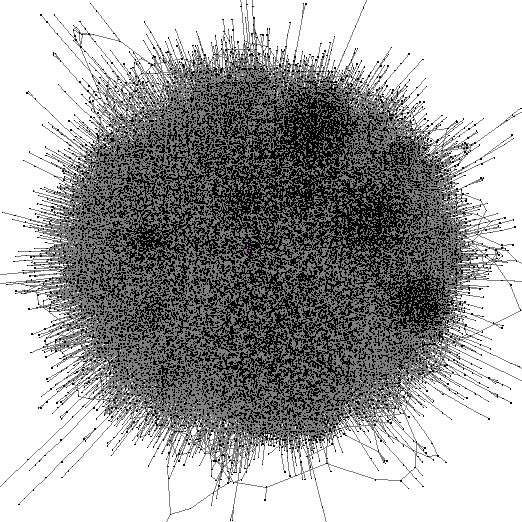
A network is not enough
Networks of nodes and links are powerful abstractions of complex systems. But when the networks have thousands of nodes and links, they are themselves too complicated to comprehend, unless we simplify and highlight their organization.
Maps of networks
Geographic maps simplify and highlight streets, neighborhoods, cities, and highways from high-resolution satellite images. We want to create similar maps of networks.
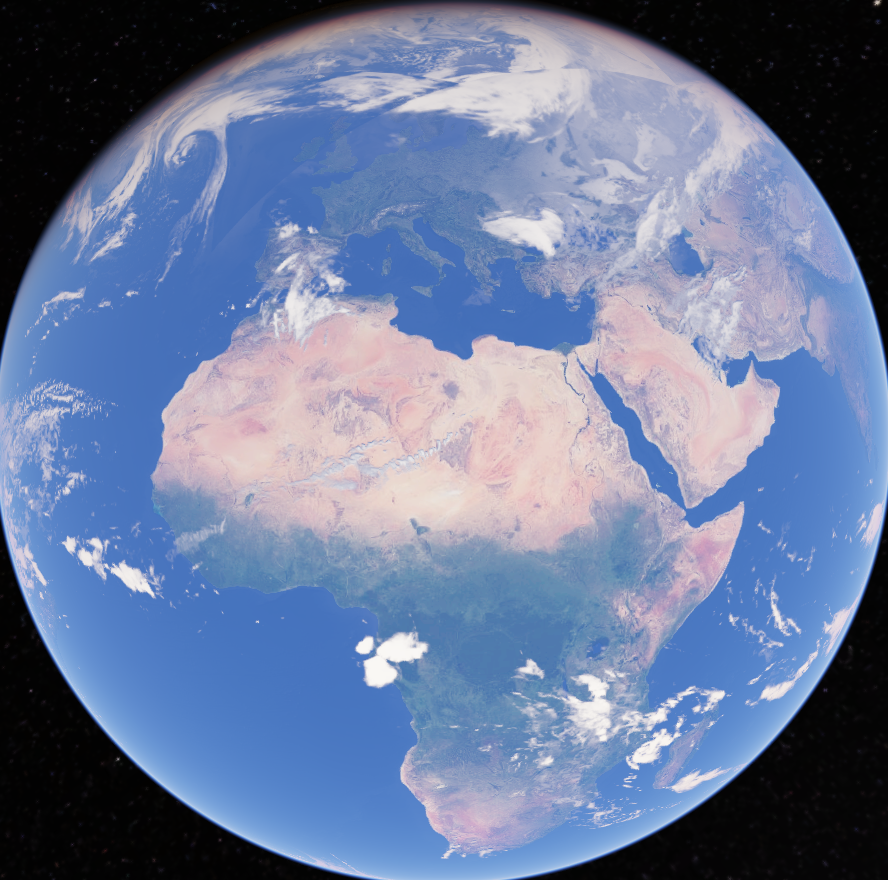
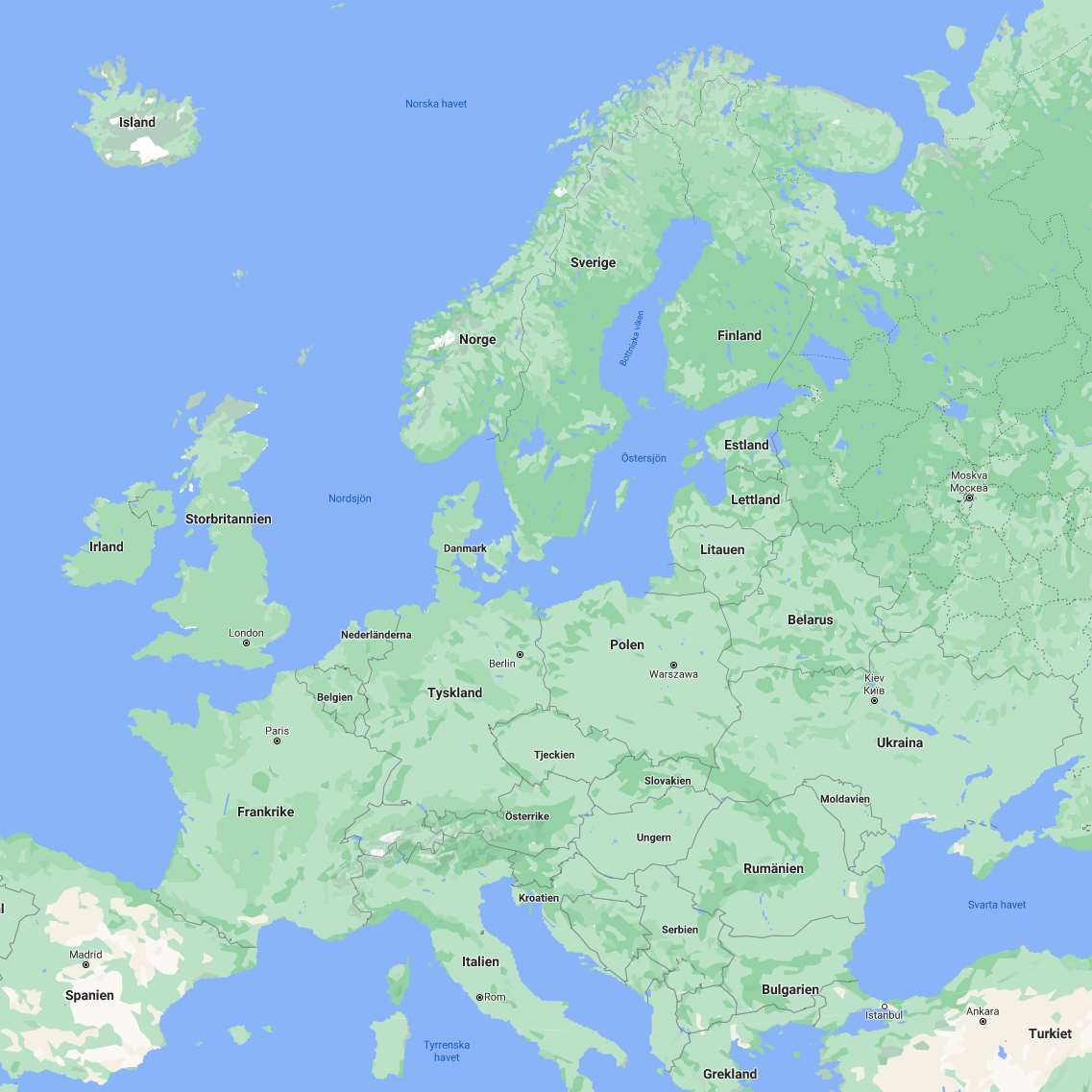
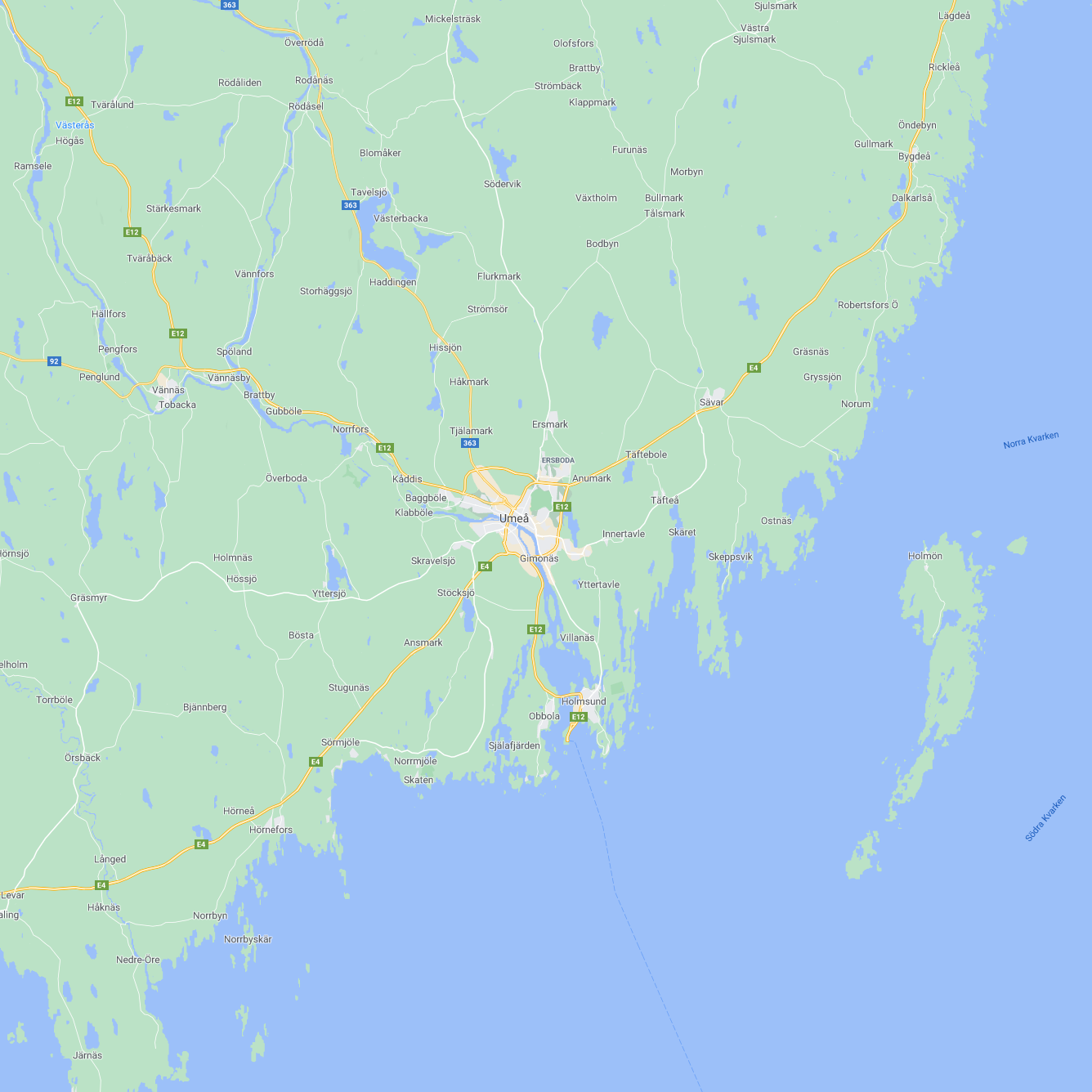
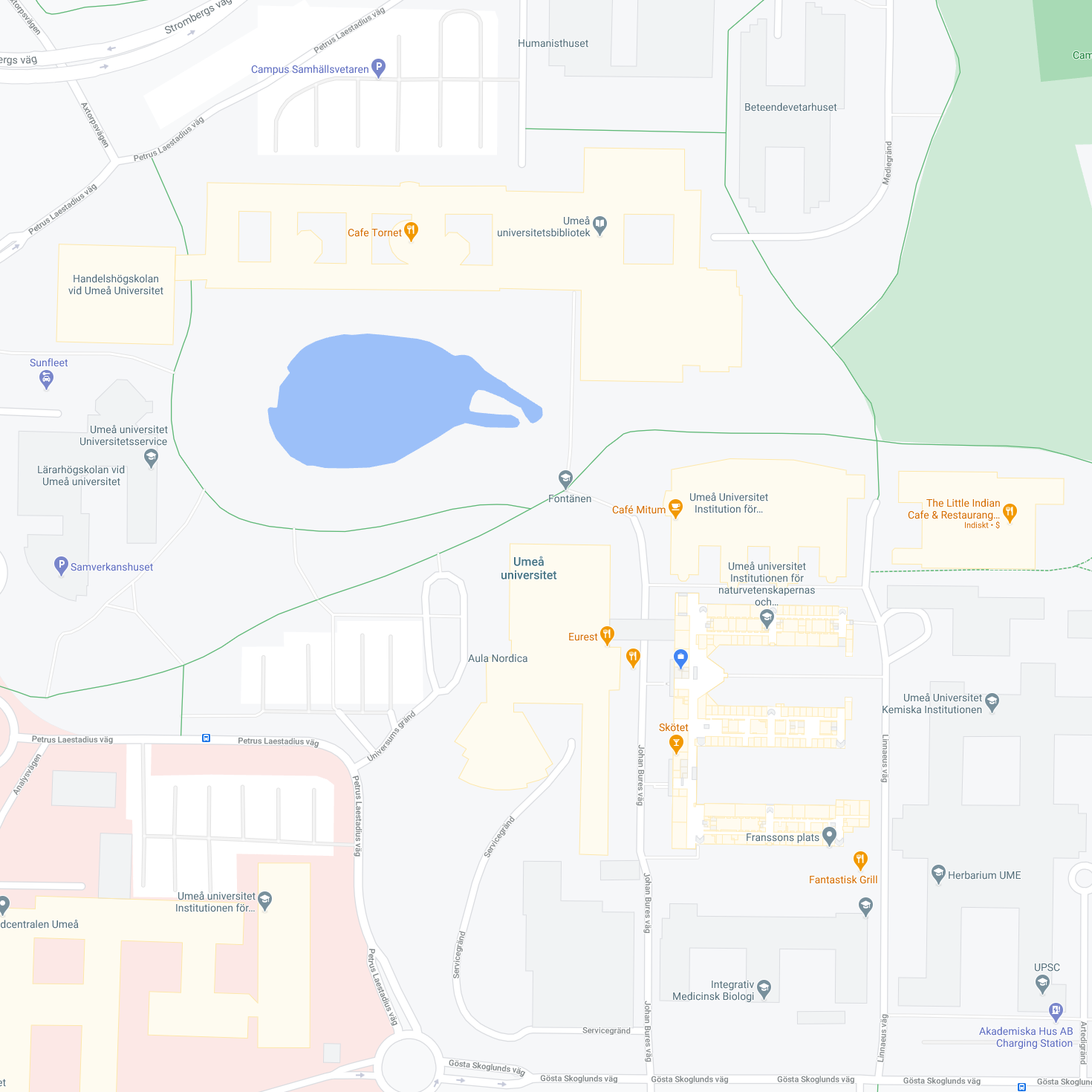
Network flows
We are often not interested in the network itself. We want to know how things move — flow — on the network.
- The flow of ideas in social networks
- Passenger moving in traffic networks
- Money in transaction networks
The things moving on a network tend to stay within certain groups of nodes for a relatively long time before exiting. We call these groups modules, and these are what we are interested in.
We can simulate the flows using a random walk on the network. Notice how the random walker will tend to get stuck in modules. To prevent getting too stuck, it teleports with a low probability to a random node.